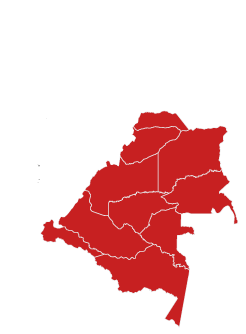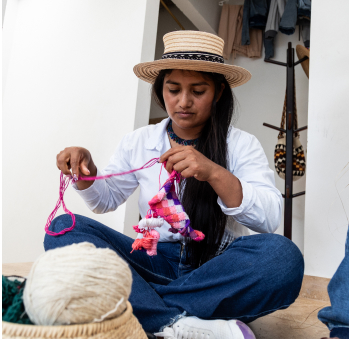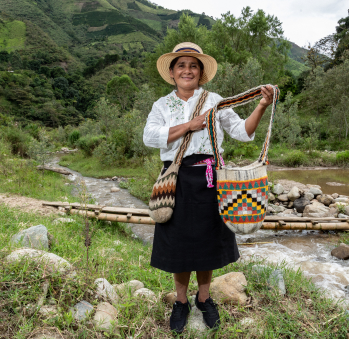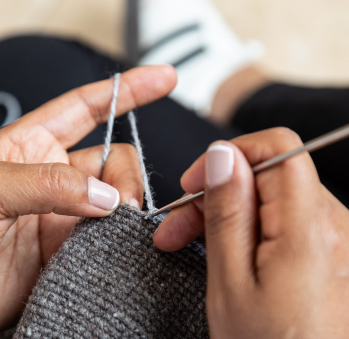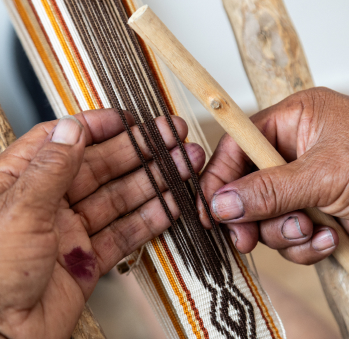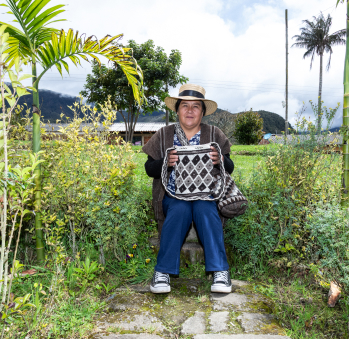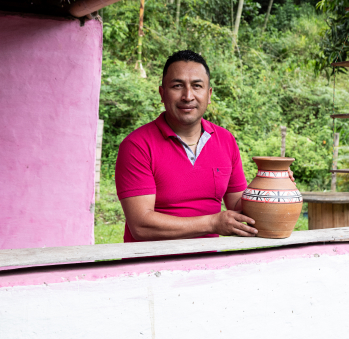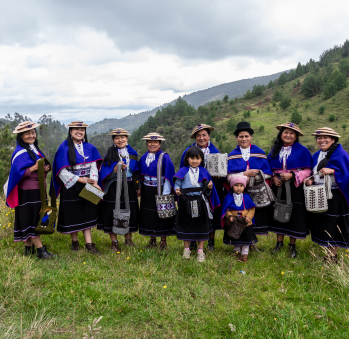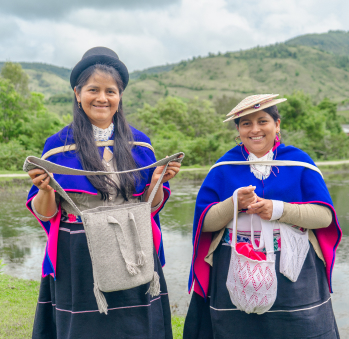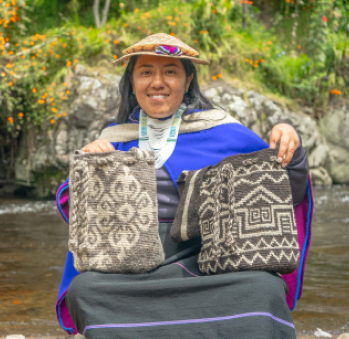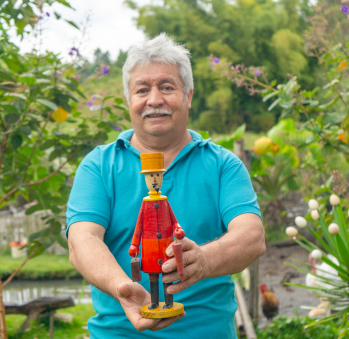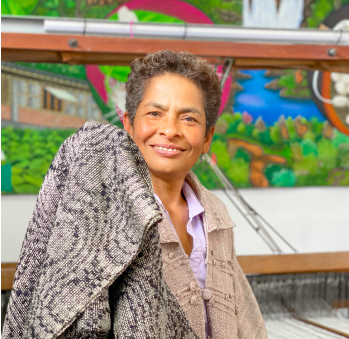Florinda Chávez y Maria Laura Cuetoque Chávez
Workshop: Artesanias Yaja
Craft: Weaving
Trail: Popayán-Páez Route
Location: Páez, Cauca
SCHEDULE YOUR VISIT
Llegar al casco urbano y reunirse ahí en Belalcazar. Entre una hora y media y dos horas del casco urbano hasta la casa de Florinda (de Belalcazar a San Luis, transporte público todos lo días)
3202791492, 3123283223
mlaurac28@gmail.com
The world of Colombian crafts—and likely that of many other places—is perhaps one of the few spaces where family is not only celebrated, but forms the very heart of the story. In a time when so many people question their upbringing, challenge their parents, and vow to do things “completely differently,” in our towns, by contrast, there’s a different tone: one of pride and tenderness in the voices of sons and daughters speaking of their mothers and grandparents. It brings relief, joy, and a more generous view of those who tried their best to raise them. It’s not that they ignore life’s hardships—those are part of growing up too—but they face them with the awareness of life’s miracles, like the rise of the full moon or the sprouting of corn. Such is the case with María Laura when she speaks of her mother, Florinda, as with so many daughters of Cauca and their mothers. It’s not unique to this region, but there’s something especially tender in the stories of the Nasa women who make part of this route.
Though María Laura doesn’t recall playing with toys or dolls as a child, she does remember traditional games with other children in her community. And she always remembers weaving—always: the jigra, the cuetandera, the capisayo, and the ruana. She watched her mother do it, patiently, smiling, aware that every stitch is unique. That patience, María Laura says, shaped her—perhaps that’s why she herself is a teacher today.
A chapter of its own are the chumbes, the woven belts in which Florinda is a master. These two-meter-long belts are made to protect the womb of the woman and mother. Through them, María Laura learned the values passed on to every Nasa child. With a smile—always smiling—she speaks of bimbos, the noisy turkeys that ward off bad spirits; the dogs who keep company in their homes; the Nasa woman, mother of all; the house, cradle of all; the corn plant, remedy for hunger; the four elements in the diamond motif; the hieroglyphs hidden in the hypogea of Tierradentro; the stars, because, as she says, “we are children of the stars”; and finally, the sun, whose light marks the Andean New Year on June 21st.
This daughter of Florinda, speaking in her mother’s place while she was off visiting rural communities and sharing stories and Indigenous knowledge with the youngest children of the ICBF, could not have been prouder of her family. The vastness of the fields surrounding her couldn’t contain her pride—it overflowed from her smile. Remembering her mother’s and grandmothers’ past led her back to her own childhood, to that first little mochila she wove at age four, simply because all she wanted was to do what the hands of those two women were doing. That’s how María Laura grew up, just as Florinda had: doing things right because that’s how they’re done at home. Fixing whatever must be fixed, as many times as needed, because “things are done well or not at all”—a phrase repeated like a mantra, not as punishment.
But there is one thing María Laura insists on when introducing her mother: her unwavering ability to endure disdain and look beyond resentment. Because, above all, her people are peaceful people. She says this not just because the Nasa community has long endured stigmatization, persecution, and death, but also because in the world of crafts, they have had to hear dismissive voices accusing them of copying the weaving of other Indigenous peoples—like the Wayuu or Arhuaco—even though the cuetandera is entirely unique in Colombia. María Laura knows this, and anyone who looks closely at their work can see it immediately. So she takes a deep breath and, like the teacher she is, begins again: showing the stitch, explaining the cosmogony, taking the wool in her hands, and making a new weave. Just as she always has, fully convinced that the soul of the weaving will tell its own story.
Craft
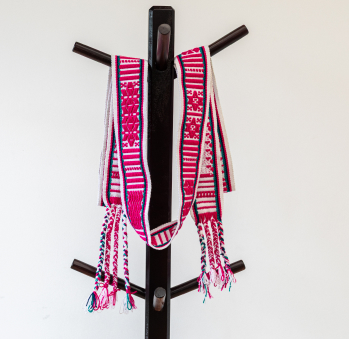
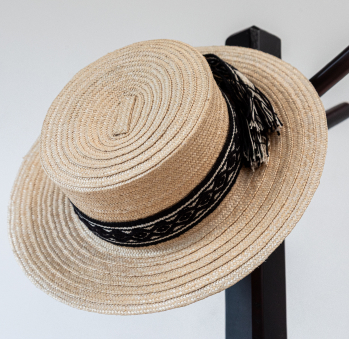
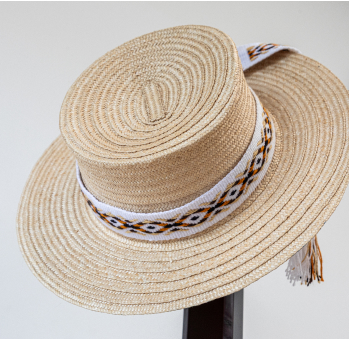

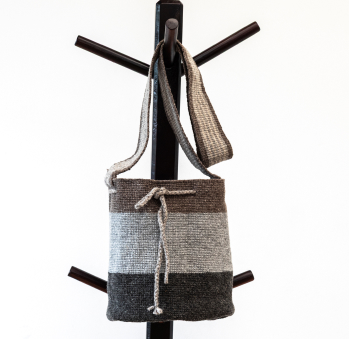

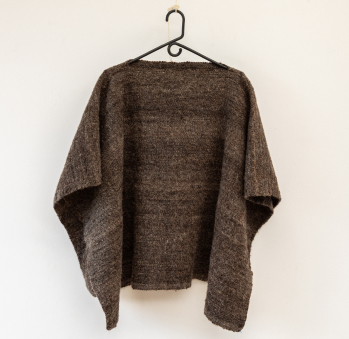
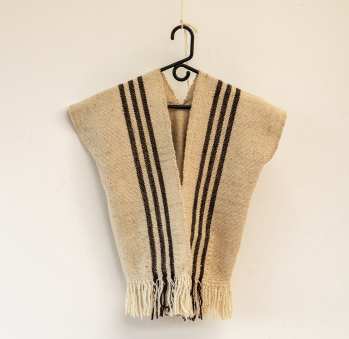








Artisans along the way
Artisans along the way
No puede copiar contenido de esta página

